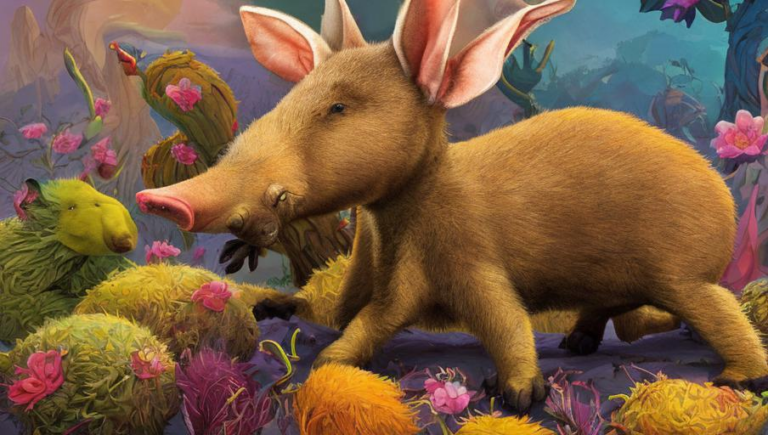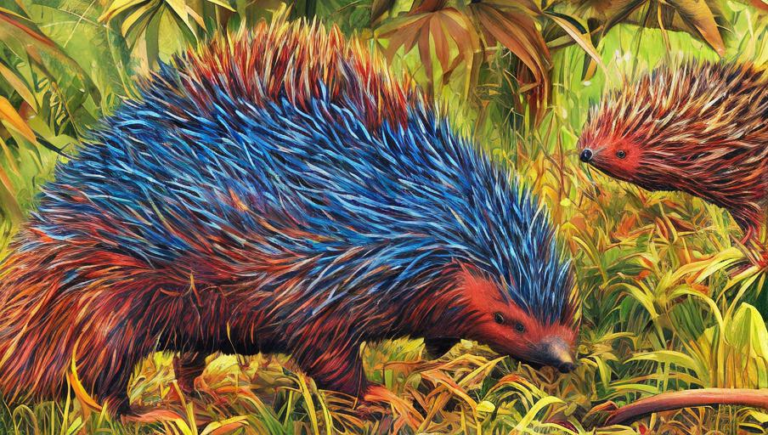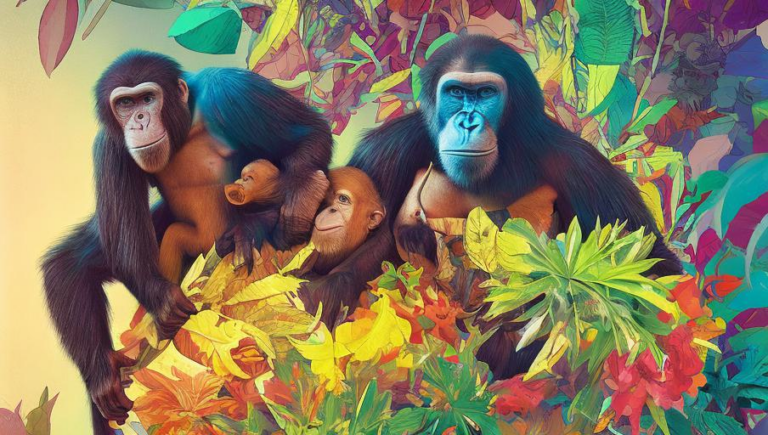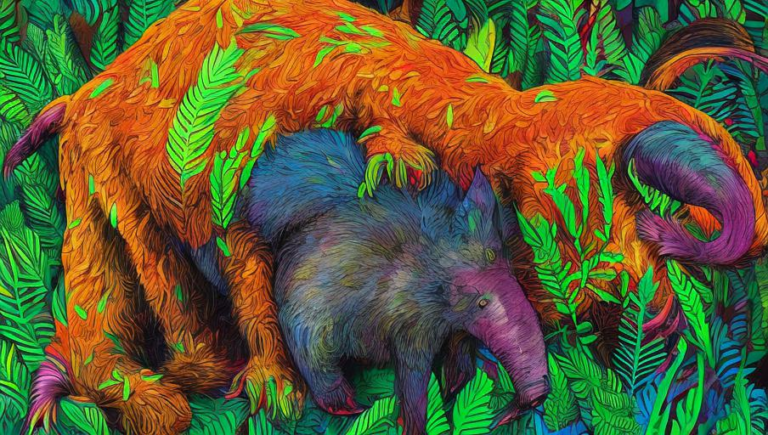Unraveling the Ant’s Evolutionary History
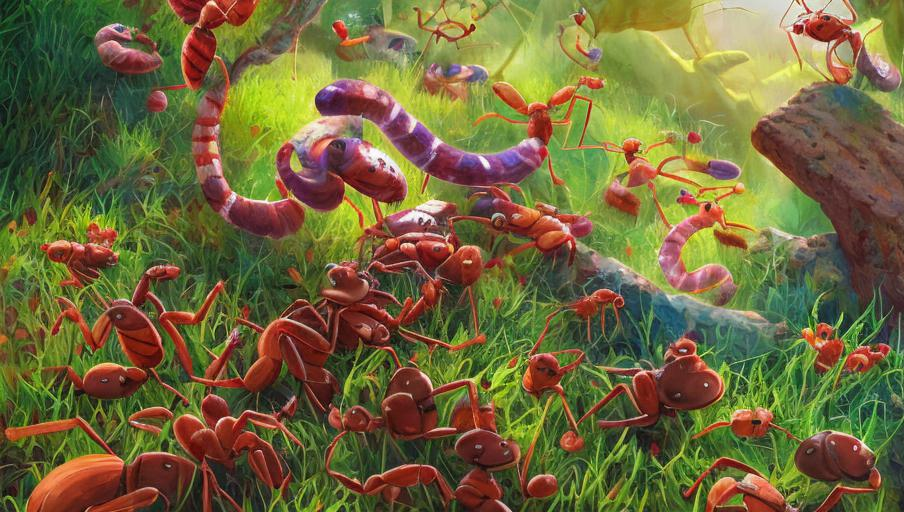
The Ancient History of Ants
Ants have been around for millions of years, and their evolutionary history is fascinating. From humble beginnings as primitive, social insects, ants have evolved into a complex and successful species, with over 14,000 species identified today.
The earliest fossil records of ants date back to the Early Cretaceous period, which began 145 million years ago. Early ants were much smaller than their modern-day counterparts, and they were mostly solitary hunters. By the Late Cretaceous period, around 100 million years ago, ants had already evolved the complex social behavior we see today, with large colonies and division of labor.
The Diversification of Ants
Since the Late Cretaceous, ants have diversified into a wide range of species. They now inhabit every corner of the planet, from tropical rainforests to deserts and even some of the coldest places on Earth. Ants have evolved to fill a variety of ecological niches and occupy a multitude of habitats.
The most remarkable thing about ants is their ability to form complex, cooperative societies. Ants have developed sophisticated communication methods, and they can coordinate their activities to achieve a common goal. This has enabled them to build huge colonies and become incredibly successful at finding food and defending their territories.
The Future of Ants
Despite their success, ants are still vulnerable to environmental changes. As the climate continues to change and human activity continues to increase, many ant species are at risk of becoming endangered. It is up to us to protect these fascinating creatures and their habitats so that they can continue to thrive.
Ants have a remarkable evolutionary history, and they are an important part of our planet’s biodiversity. We can learn a lot from their behavior, and by understanding their history we can ensure their future survival.

